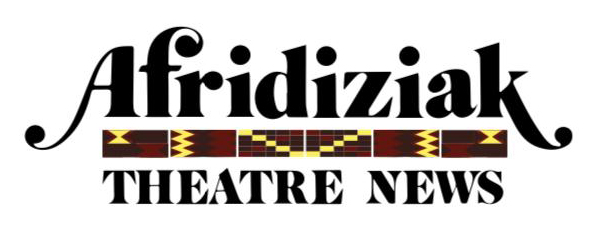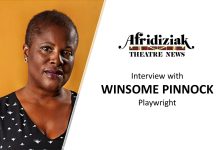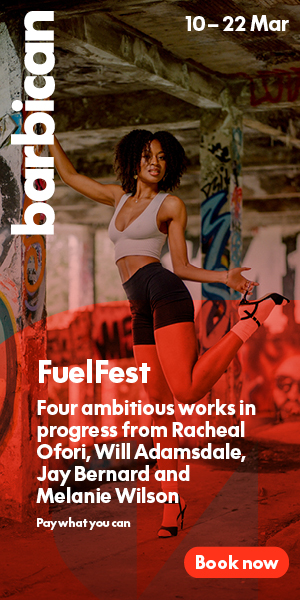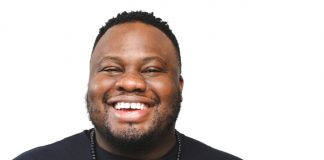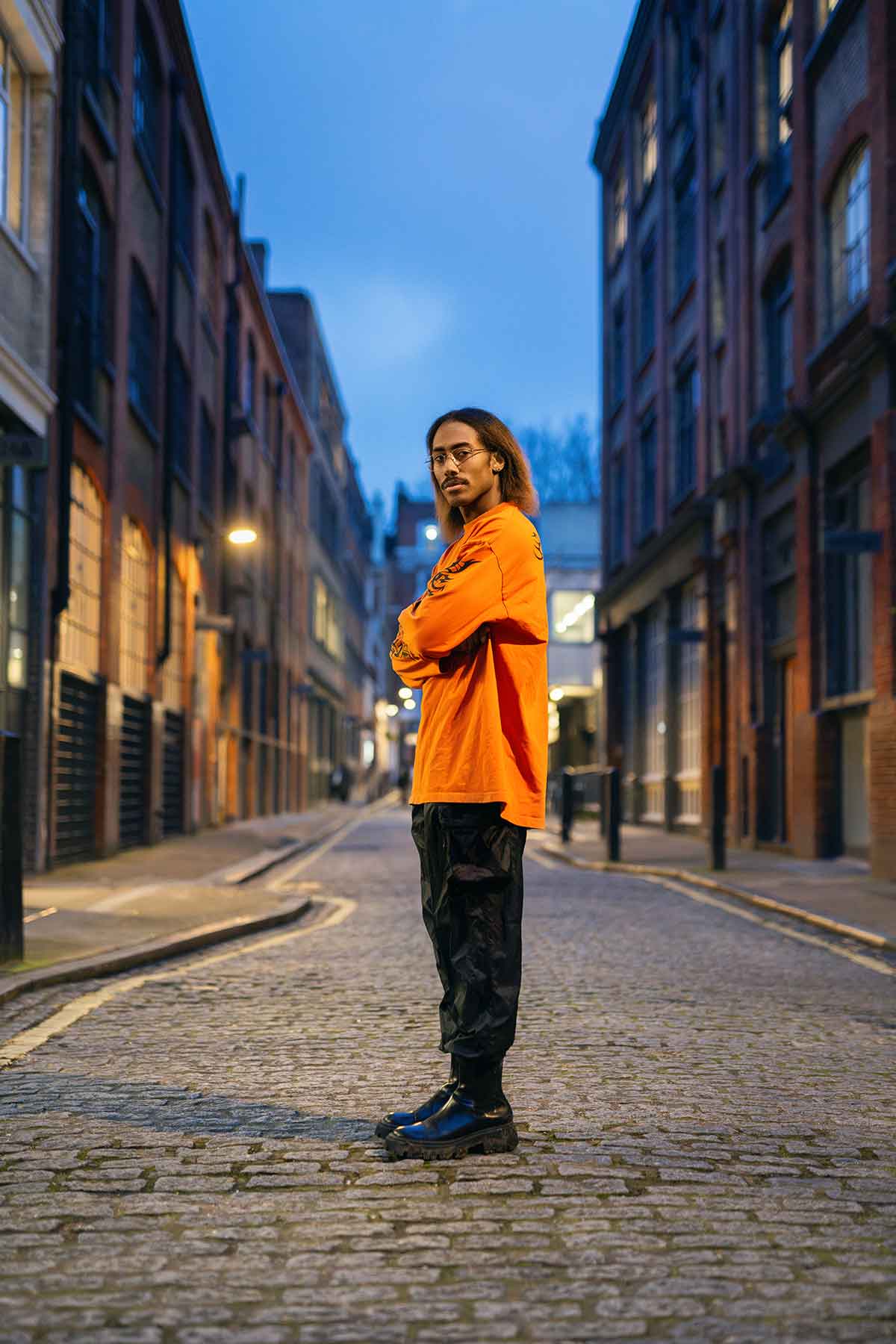
Afridiziak: It’s an obvious question, but where did the name Marikiscrycrycry originate from?
Marikiscrycrycry: At the beginning of my practice as a choreographer, I was trying to create a fuller space to feel things on an emotional plane–I felt that there wasn’t any room for people like me to say how I feel about what I was seeing. Three cries, like three cheers. Three cries for the sad black niggas. Now it is just the name that has stuck, and I am really honoured when people find spaces to cry when they watch my work. It happens fairly often.
Afridiziak: Please could you talk us through your latest piece of work: Dark, Happy, to the Core and the inspiration behind it
Marikiscrycrycry: The idea for Dark, Happy, to the Core primarily developed through the circumstances and process we had for me to make the work happen. The commission from Roskilde came first. I didn’t originally set out to make anything in particular from the start, it was the collaborative studio process that formed the work. I knew that the work would be a collaboration between London and Denmark based dancers, and that would mean that some of the people I chose. We chose all of the dancers through an audition process [where] we auditioned over 200 dancers. The thing that I always try to do in any work is to create a sense of collectivity in the cast, but also rely on the skills and the uniqueness of every individual person. So every work that I make is not necessarily about blending everyone together, to kind of make ‘one thing’, but to allow space for people’s individualities and to create a commonality within that.
In our working process with my collaboration with Eric Anderborn, who is the costume designer for the work, – and who also did the costume designer for Goner and is the costume designer for my upcoming shows as well – We drafted a process of working with the dancers to dress them for the work that is very closely related to who they are.
I think that we’re using ecstasy as a framework – or as a picture frame, or a border or container – to explore how archetypes or how different people work together to approach, that thing, to approach ecstasy. We do this by just working with three distinct proposals. The work is aptly named after the sections that are in the work.
There’s the ‘Dark’ section, which contains a kind of darker side, or a darker look to ecstasy. And how our seeking of that through a sort of darker journey can be a little bit fraught, but we work hard to not leave anyone behind.
Then for the ‘Happy’ section, this is just kind of like unabashed, unadulterated joy and excitement. And you know, almost too much, you know what I mean. It’s like, it’s like happiness on steroids.
Finally. we have a ‘Core’ section, which, in my opinion on my framework of this work, is like the ecstasy of getting to the very core you know what that is, what ecstasy is – and it’s just cool, calm, collected, smooth, sexy.
Afridiziak: As someone of Jamaican heritage, I was intrigued by the term ‘Caribbean Cool’. What does that mean
Marikiscrycrycry: This work feels owned by the dancers, and contained by this engagement with a kind of Caribbean perspective and dancing, which is just, you know, convivial. It’s joyous, it’s very relaxed, and it’s not showy. It’s not showy-offy if that makes sense. It has a sensual quality but it isn’t beholden to that, and it isn’t necessarily aimed at anything other than having a good time. Good times as resistance practices. It is like dancing for survival but with an edge. So the journeys of these little mini sections where these acts come together to create this big and kind of polemic mythology of ecstasy.
The whole show is about finding mythology for our moment because I feel as though we’re lacking mythological stories that encapsulate this particular peculiar moment in our human history – And so I’m trying to make a new one.
The music was created by the amazing Sydney-born, London based musicians, Protea and Isla Bain, who are both good friends and also just talented musicians who were most apt and able to help me encapsulate or look at the kind of breadth of sounds that I needed to cover in this work. All the music is originally made from them. Because each section has a very distinctive tone, atmosphere, mood, and dramaturgy, it needed a distinctive and versatile soundscape to make it work, and so we worked together.
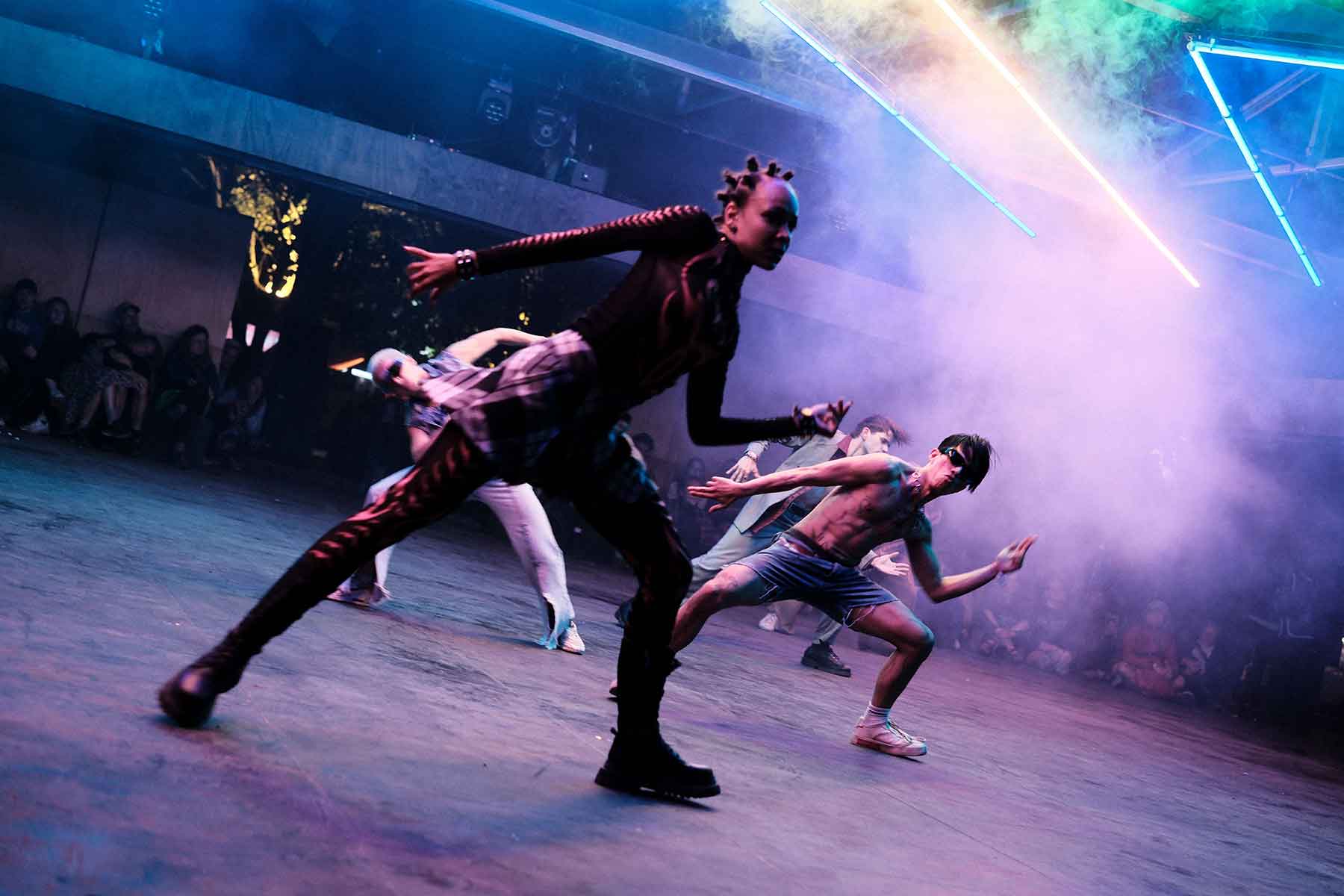
Afridiziak: Would the world be a better place if we didn’t concern ourselves with ever achieving utopia?
Marikiscrycrycry:
Afridiziak: When did you first get into dance and who inspired you?
Marikiscrycrycry: I think my first inspiration was my own culture and the culture that I grew up within. The Caribbean, particularly the Saint Vincent and the Grenadines by-way of Trinidad, the suburbs of New York City, Linden Boulevard, Jamaica Ave, my own family, fetes, liming, and other family functions were really the first places where I connected dance to something deeper. Choreographically, I decided to become a choreographer after I saw the works of downtown New York choreographers like Tere O’Connor, and Bill T. Jones, whose choreography I found to be socially resonant and reflective without being didactic–Dancing that said its own unruly things.
Afridiziak: Could you share some opportunities that have opened doors for you along the way?
Marikiscrycrycry: I received my first ever commission in the U.K. from Fierce Festival in Birmingham…That was a big moment. When I was at Williams in Massachusetts, and Trinity Laban in London, I had a lot of freedom to sort of pave my own choreographic practice and voice. I think the people who have supported me across all of these years have recognised that I have something to say and a unique way of saying it. Roskilde Festival in Denmark commissioned the entire work, and gave me the opportunity to dream big. I have had many blessings on this journey. And belief.
Afridiziak: What keeps you motivated?
Marikiscrycrycry: Believe it or not, I battle pretty profoundly with inadequacy. I have an internal voice that is hyper-critical of myself. It is mostly not good, but one of the silver linings is that it keeps me working to as high a standard as I can, and to always be challenging myself to get to the next thing, to the next stage. In general, I am very motivated by challenges. It is something that was cultivated in my home because my family held me to a very, very high standard, particularly in my academic pursuits. I am very okay with failing, and not succeeding, but I guess you also do not get to fail so hugely if you are Black–so I think the fear of failure does keep me motivated.
And I guess always trying to be the best and most honest version of myself, those things really keep me going.
Afridiziak: If you could invite anyone to press night, dead or alive, who would it be and why?
Marikiscrycrycry: 2Pac, Aaliyah, Kurt Cobain, Amy Winehouse, Left Eye, Kazuo Ohno, Daul Kim–those who aren’t with us.
Those who are with us–Bret Easton Ellis, Chloe Sevigny, Yeonjun, Dir en Grey, Lil Uzi Vert, just to name a few…
Afridiziak: Why should we come and see your show?
Marikiscrycrycry: One thing I can say for sure is that I always try to present a particular perspective and it ends up being pretty unique. Because I am really one of a kind–and the dancers are uniquely incredible, extraordinarily talented. I think, as with all of my works, I’m not trying to be didactic about the stories of our times, about differences, about identity, or even about ecstasy. What I’m mostly interested in people gathering and gaining from the work is a reinvigoration of telling stories and an appreciation of people’s unique differences and abilities, and how people work together to tell stories to each other.
Unlike many of my other works, it’s like less… there are hard moments, but it’s less heavy than a lot of my other works, and it’s less… It’s story-driven, but it’s also more circumstantial.
So I think that what I’m hoping people get is a work that is very exciting and entertaining to watch, but also thoughtful, thought-provoking, and telling us something new about who we are right now.
You know, dance is a mirror. It’s a mirror of society. It’s like society’s mirror. And so I want people to be able to look and identify with the work, and to come out, you know, a little bit inspired by our moment. As challenging as it is now.
Need to know: Marikiscrycrycry DARK, HAPPY, to the CORE | Lilian Baylis Studio in Angel | 7-8 Nov 2024
